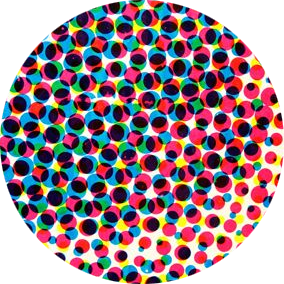Introduction to Golden Age Superhero Comics

The #GoldenAge of superhero comics is generally thought to begin with Superman’s debut in Action Comics #1 (1938) and last until the postwar adoption of the Comics Code (1954). It was a time of innovation & upheaval that’s not easily summarized–but we’ll try! 1/8



Prominent early superheroes include Batman (1939), Captain Marvel, Captain America, Green Lantern, The Flash (all 1940), and Wonder Woman (1941). Most copy Superman’s example: superpowers or enhanced physicality combined with a colourful logo costume & a secret identity. 4/8

Superman became a pop culture icon with remarkable speed. In 1939, the World’s Fair held a “Superman Day,” with a parade & collectibles. And in 1941, he debuted in a popular long-running radio serial & starred in a series of lavishly produced cartoons by Fleischer Studios. 5/8

While the superhero boom preceded America’s entry into WWII, the war catapulted the genre to new heights of popularity. Superhero comics fully embraced the war effort, advertising war bonds and delivering patriotic punch-ups that were shipped to troops overseas. 6/8

Many WWII era superhero comics showcase the darker side of a genre that’s always, at its core, been about solving problems through the brutal application of violence. WWII era comics commonly use racial caricature & stereotypes to dehumanize, in particular, Japanese enemies. 7/8

WWII-era superhero comics are ideal for investigating popular visualizations of American jingoism. But in this series of threads, we’ll be focusing on the pre-war origins of superhero comics, discussing the foundational themes & conventions that make this genre unique. 8/8
